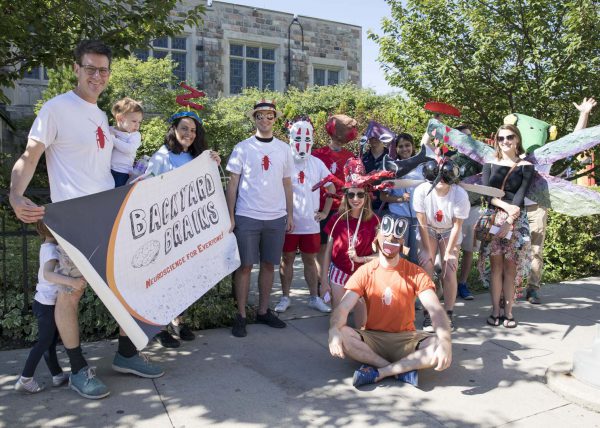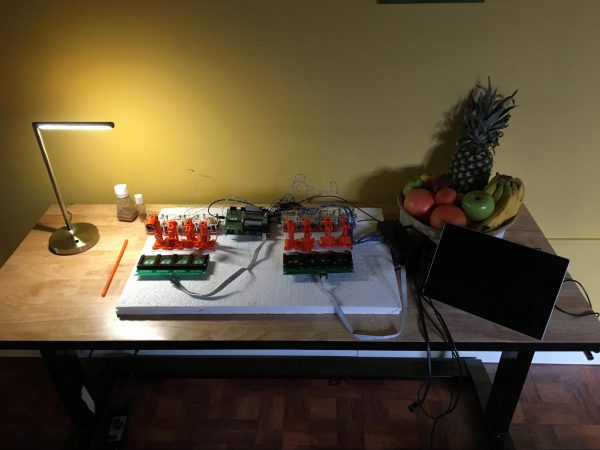-
 EducationOver 11 sunny Ann Arbor weeks, our research fellows worked hard to answer their research questions. They developed novel methodologies, programmed complex computer vision and data processing systems, and compiled their experimental data for poster, and perhaps even journal, publication. But, alas and alack… all good things must come to an end. Fortunately, in research, […]
EducationOver 11 sunny Ann Arbor weeks, our research fellows worked hard to answer their research questions. They developed novel methodologies, programmed complex computer vision and data processing systems, and compiled their experimental data for poster, and perhaps even journal, publication. But, alas and alack… all good things must come to an end. Fortunately, in research, […] -
 EducationHey everyone! My summer of research in Ann Arbor has come to an end and it’s been an awesome experience. It’s been a busy 10 weeks of making daily improvements to my rig, resoldering the flyPAD, collecting data, and presenting what I found to others. The original goal of this project was to see if […]
EducationHey everyone! My summer of research in Ann Arbor has come to an end and it’s been an awesome experience. It’s been a busy 10 weeks of making daily improvements to my rig, resoldering the flyPAD, collecting data, and presenting what I found to others. The original goal of this project was to see if […] -
 EducationToday our Summer Research Fellows “snuck in” and presented their summer work at a University of Michigan, Undergraduate Research Opportunity Program (UROP) symposium! Over the two sessions our fellows presented their work and rigs to judges, other students, to university faculty, and community members. Some of the fellows are seasoned poster designers, but others had […]
EducationToday our Summer Research Fellows “snuck in” and presented their summer work at a University of Michigan, Undergraduate Research Opportunity Program (UROP) symposium! Over the two sessions our fellows presented their work and rigs to judges, other students, to university faculty, and community members. Some of the fellows are seasoned poster designers, but others had […] -
 EducationHello everyone! It’s a been over a month since my project began on studying the diet and attempting taste manipulation of the Drosophila melanogaster. Before my experiments could begin I faced many software and hardware issues. The flyPAD itself is an extremely thin 0.6mm PCB board so every slight bend of it can result in a […]
EducationHello everyone! It’s a been over a month since my project began on studying the diet and attempting taste manipulation of the Drosophila melanogaster. Before my experiments could begin I faced many software and hardware issues. The flyPAD itself is an extremely thin 0.6mm PCB board so every slight bend of it can result in a […] -
 EducationHey everyone! My name is Spencer and I just finished my freshman year at Dalhousie University in Halifax, Canada (yes, where the maple syrup and igloos are). I’ll be studying Neuroscience and Immunology there for the next three years. I’m originally from Vancouver but ended up all the way on the other coast to study in Halifax. […]
EducationHey everyone! My name is Spencer and I just finished my freshman year at Dalhousie University in Halifax, Canada (yes, where the maple syrup and igloos are). I’ll be studying Neuroscience and Immunology there for the next three years. I’m originally from Vancouver but ended up all the way on the other coast to study in Halifax. […]